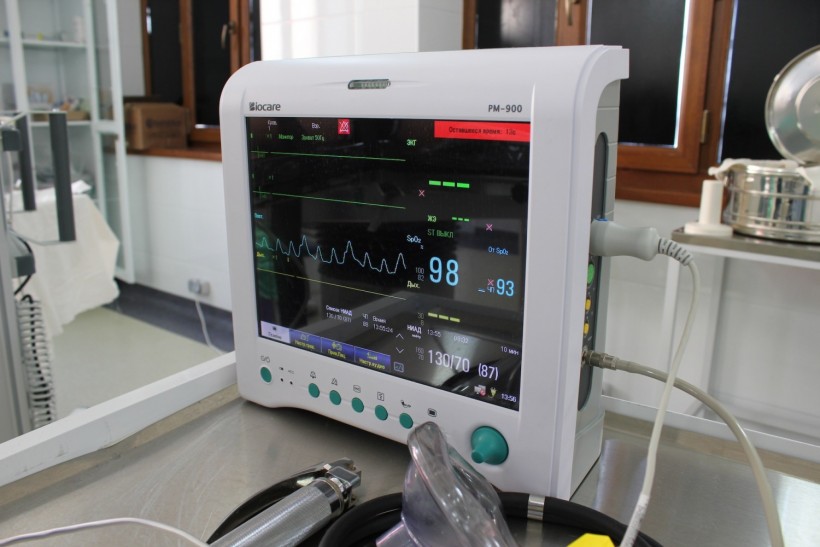According to research done by Polaris, the size of the health sensors market was valued at 41 Billion dollars in 2021. The market is estimated to reach 166.56 billion dollars by 2030 with a CAGR of 18.1 percent during the period.
The health sensors include electronic-based devices to monitor and diagnose the patient's conditions. One such example is medical oxygen sensors, others include EEG, ECG, magnetic field, etc.
Market Drivers and Trends
A few essential features of health sensors include:
-
Accuracy
-
Reliability
-
Low power consumption
-
Cost-effectiveness
-
Reusability
-
Easy-to-read digital output
These devices have a wide range of applications. For example checking alcohol levels in the bloodstream, eye tests, or breath analysis.
The growth of the health sensors market is shaped by the following evolving trends in the healthcare industry.
1. Technological Innovations:
Technology is evolving at a breathtaking speed. Technological developments have widened the applications of health sensors and made them more portable, accessible, and convenient. Wearable technology has made it easier for people to track and record their health status. More and more people are getting interested in keeping a track of their vitals due to easy accessibility. The rising innovations in technology and people's interest in their own health have fueled market growth.
2. Expenditure on Healthcare:
The rising expenditure on healthcare, especially after the pandemic hit globally, is another factor playing an important role in increasing the market for health sensors. The rising life expectancy and rising use of IoT-based devices have also played a positive role in driving the health sensor market.
3. A Rise in Demand:
The rise in population is another factor behind the health sensor industry expansion. There is a surge in demand for continuous monitoring of blood oxygen, heart rate, pulse rate, etc. So, the companies are developing low-cost and energy-efficient sensors with better functionality; hence, increasing the growth of the health sensor market.
4. Wearable Sensors and R&D:
The wearable technology market is an emerging niche in the health sensor market. The demand for wearables is on the rise due to convenience and accessibility. During the forecast period, the wearable sensor industry will see rapid growth. More and more companies are investing more capital in the research and development of new and better technologies of sensors. There is a trend of focusing on better functioning smart devices, enlarging the batteries, and the ability to constantly monitor health. All of these factors are giving a major push to the health senor industry towards the top.
5. A Rise in Chronic Illnesses:
In the last few decades, the incidence of chronic illnesses globally and especially in the US has increased by several folds. In 2021, chronic illnesses and risk monitoring generated the biggest revenue in the health sensor industry. There is a high demand for point-for-care diagnostics due to prevalent chronic illnesses. The monitoring of chronic conditions like diabetes Mellitus is essential. Hence, better technologies are required to monitor various chronic illnesses. This segment is accelerating the growth of the market at a breakneck speed.
* This is a contributed article and this content does not necessarily represent the views of sciencetimes.com











!['Cosmic Glitch' in Einstein's Theory of General Relativity Could Be Explained in This New Scientific Tweak [Study]](https://1721181113.rsc.cdn77.org/data/thumbs/full/53435/258/146/50/40/cosmic-glitch-in-einsteins-theory-of-general-relativity-could-be-explained-in-this-new-scientific-tweak-study.jpeg)



